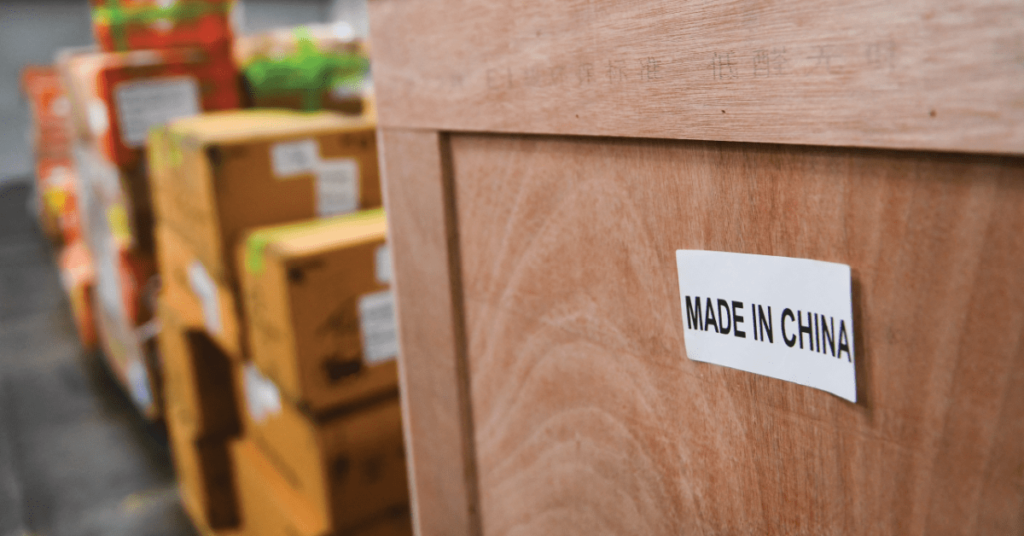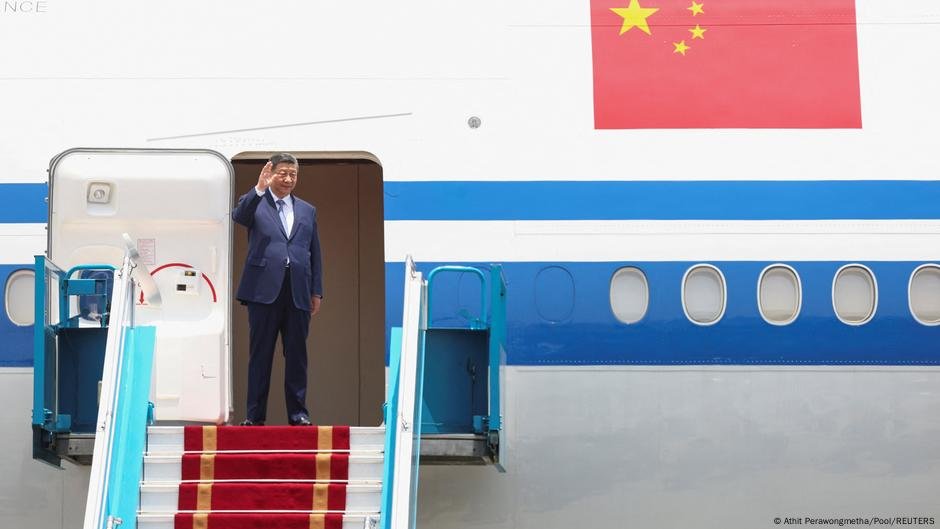President Trump’s total base tariff on China is actually 145%, an amount higher than the 125% previously reported and Trump himself had seemed to imply.
The new topline number was made clear when the text of Trump’s executive order “modifying reciprocal tariff rates” was released Thursday morning to the media.
The confusion stemmed from separate 20% duties on China over issues of fentanyl and illegal immigration that Trump had imposed in February and March.
What the text of the order made clear is that the Harmonized Tariff Schedule of the United States had been amended to raise the reciprocal tariff rate alone to 125% — while leaving those other 20% duties unchanged.
Those have now been combined for a total rate of at least 145% facing Chinese imports.
CNBC was the first to notice the discrepancy and a White House official confirmed the math to Yahoo Finance.
Meanwhile, other goods from China will have even higher rates in the weeks ahead if the action is left in place because of sector-focused actions focused on different areas of the Chinese economy put in place during Trump’s first term — and then maintained and augmented in the Biden years.
The reciprocal order formalized this week does have some sectoral carveouts that will lower other rates but are largely on areas that Trump has announced or promised different tariffs on.
The initial focus on 125% as a top line rate stemmed from Trump’s initial announcement when he posted that “I am hereby raising the Tariff charged to China by the United States of America to 125%, effective immediately.” Other officials echoed that figure Wednesday afternoon and evening in various comments.
The order released Thursday confirmed that the new rate went into effect on Thursday.
Thursday’s latest twist came after Donald Trump stunned markets Wednesday by announcing he would authorize a 90-day pause on his reciprocal tariff plans for all countries except China and telling reporters he did so because people were getting “yippy” and “afraid.”
The benchmark S&P 500 (^GSPC) roared up over 9.5% in the biggest increase since 2008 but has fallen Thursday as the focus has turned to these ever escalating tensions with China.
It was a move that Trump said came together early Wednesday morning after he had been considering it in recent days saying he was raising rates on China because of “the lack of respect that China has shown.”
In his own comments, Treasury Secretary Bessent added that “China will be raised to 125% due to their insistence on escalation.”




















